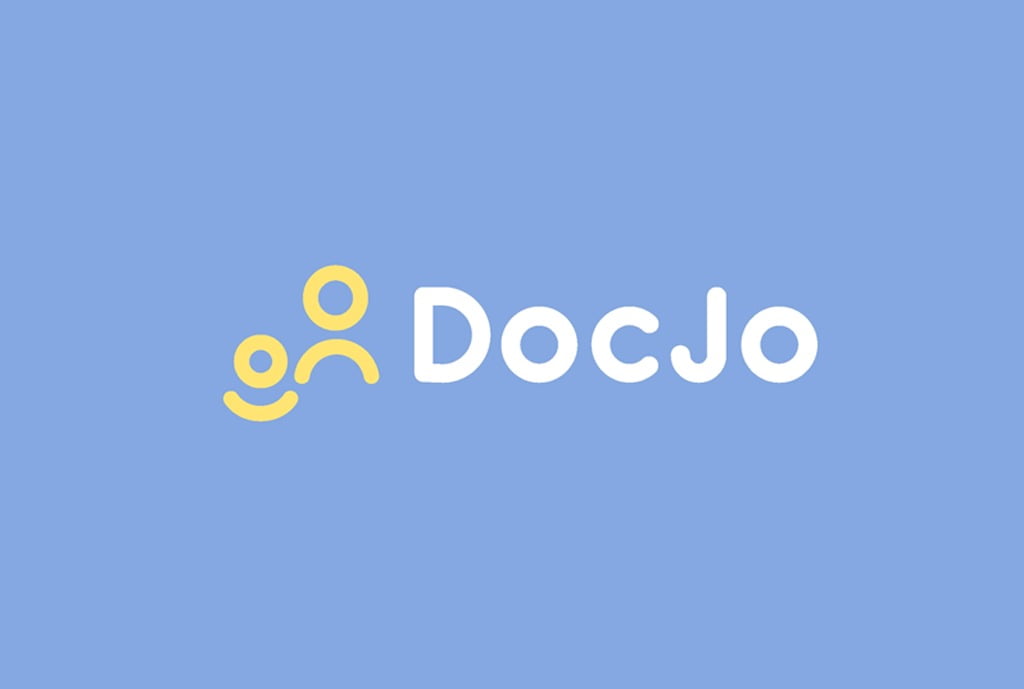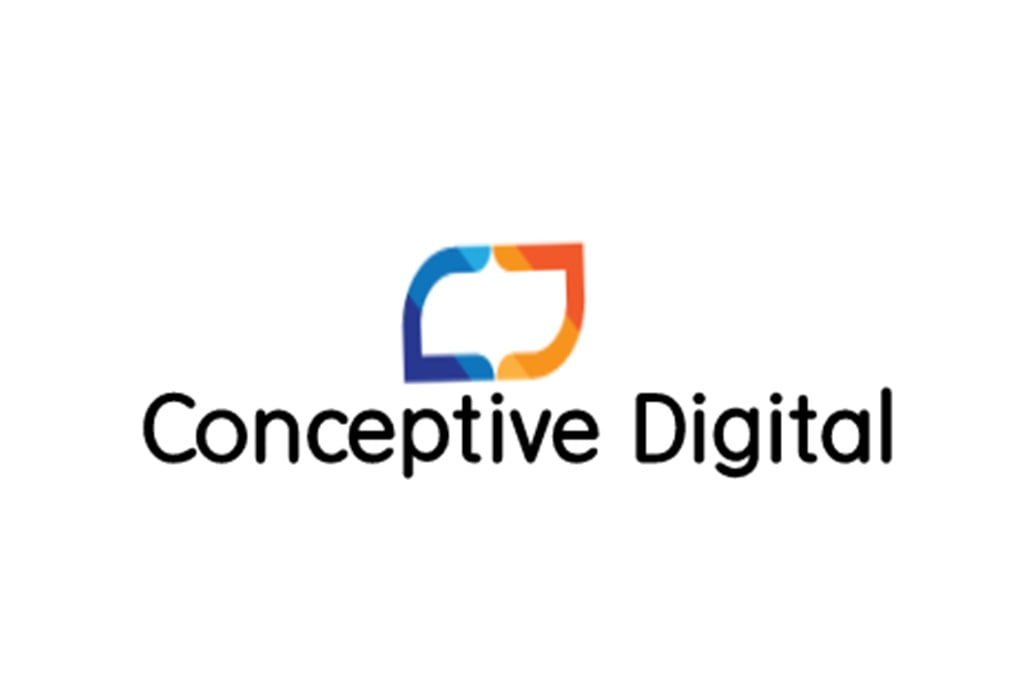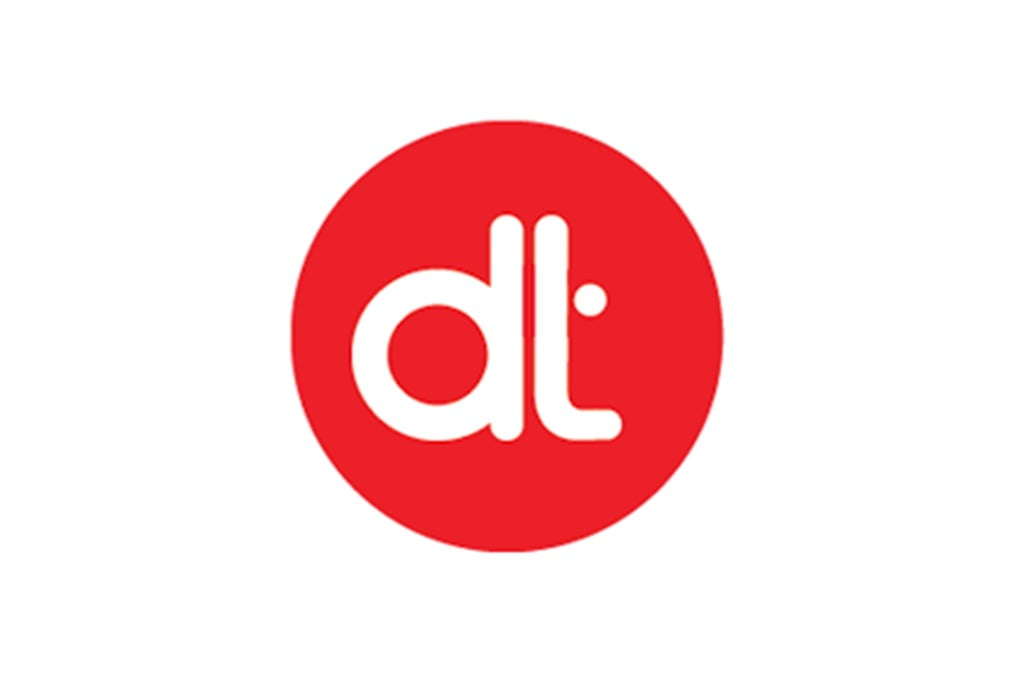
Teamwork is a vital part of workers’ day-to-day lives for most businesses with collaboration Tools.
Nevertheless, communication between many people within the same team can sometimes look difficult.
Thereby, project collaboration tools have been designed for the business industry.
They allow project managers and teams to be more innovative, productive, and effective in their routine tasks.
Collaboration tools help professionals manage change, communicate, and save time while remaining efficient.
They have transformed the way teams work—-improving client relationships, task management, and communication.
According to a study, 79% of organizations will use team collaboration tools in 2021.
Gartner
Due to the global Coronavirus pandemic, many firms transitioned to a hybrid work model in 2020.
However, pandemic or not, the need for collaboration tools is permanent as the future is all about fast response and work efficiency. If you are failing in organizing your end, you will fail to deliver to the client. Therefore, hopefully, managers will realize the need and keep using the project management software in 2022 and 2023.
This thorough guide will notify you why collaboration tools are best for project managers. But first, let us tell you what they actually are.
What Are Project Collaboration Tools?
Collaboration software can be anything that enables more than one individual to finish a task.
This entails services and programs that allow workers to contribute to, give remarks on, and review documents in the business market.
It also entails conversation and video services that permit teams to meet digitally to brainstorm or collaborate in other means.
The best thing is that most of these platforms are cloud-based so teams can utilize them from any locality. With these tools, you can:
- Access reports and information for making decisions
- Contribute to projects
- Brainstorm ideas
- Communicate across departments, project managers, clients, in groups, etc.
- Enhance creativity and strengthen performance
- Create alignment and save a significant amount of time
The most common project collaboration tools are Slack, Asana, TeamingWay, Meta Workplace, Microsoft 365, Google Workspace, etc.
Why Are Team Collaboration Tools Best For Project Managers?
These are the biggest advantages of using collaboration tools.
1. They Make Project Management Easier:
The collaboration software enables the project managers to craft a comprehensive action plan.
You can then schedule and give responsibilities to team members. If you see one employee is off suddenly or has a lot of work, you can easily reassign the tasks to another worker.
You can check progress and predict any impending problems with milestones not being hit.
As everything is in one place, so managing several projects is hassle-free.
2. They Increase Team Productivity:
As team engagement and communication procure an enhancement, so does the overall team productivity.
According to a study, team collaboration tools for business can increase productivity by 20% to 30%.
Whether your team is in a hybrid work environment or wholly remote, it is important to guarantee that every member is aligned.
Daily standups and meetings are mandatory for discussing tasks and projects.
Nonetheless, you should avoid overdoing it because it will kill team productivity.
3. They Help Strengthen Employee Relations:
The best communication tools for teams help strengthen employee relations and company culture.
As all members work together toward a common goal, they develop greater confidence and trust and make the shared values between them stronger.
The software facilitates clear communication and offers chances to coordinate plans and solve issues together.
4. They Help Save Travel Expenditures:
When you have to travel for a meeting, the expenses can increase swiftly.
Food, accommodation, and transportation can be costly, especially if you have to go to another city or country.
So, how do team communication tools help? You can use them anytime, anywhere, so it is not obligatory to be in the same location as the person you are meeting.
Once logged in, software such as video call services, task management, and calendars enable you to conduct your meeting and record any follow-up activities.
5. They Help You Protect Your Data:
If handling sensitive data is a part of your job, you will know the dreadful outcomes of a data breach.
Sometimes, you can send emails to the incorrect person, leaving your company vulnerable.
By using the collaboration software, you can take complete control over who sees your data.
They allow you to set permissions, only letting certain people view documents.
6. They Help Unite Team Members:
When more team members work from a remote location than ever before, organizations need software that helps their workers stay connected and the company.
Project collaboration tools can bridge that gap and help unite team members online in real time—no matter where they are situated.
Features like document sharing, texting, video calling, goal tracking, etc., guarantee employees can communicate creatively and transparently to move towards common goals.
7. They Help You Stay On Budget:
Many project managers try to avoid being over budget.
Nevertheless, if a project has to go over budget, you must foresee the overage as early as possible and notify the investor that an overage is impending.
Confusion is the biggest reason for delayed projects that cause workers to concentrate on the wrong work matters.
It leads to wasted time, which deciphers into more expenses.
In addition, you have to identify hazards early to re-allocate resources to where they are required the most to reduce the risk of delay and keep the project on track.
The tools allow you to track the history and progress of the project to allocate resources better.
8. They Help Drive Efficiency:
The team collaboration tools aid in reducing time invested in searching for disconnected documentation and back-and-forth emails.
They make it effortless for team members to share notes and documents, communicate all in one place, and track project details—saving money, time, and disappointment.
Conclusion
As a project manager, lack of association can lead your team to an inaccurate project plan, unclear client vision, and inefficient team collaboration.
So, what’s the ideal way to deal with these problems so that your project can deliver the results that your clients anticipate?
You simply need to use team collaboration tools that help you communicate updates across remote and in-house teams easily.
They help your team to develop an innovative spirit. Furthermore, they also help drive greater team organizational alignment and performance.









